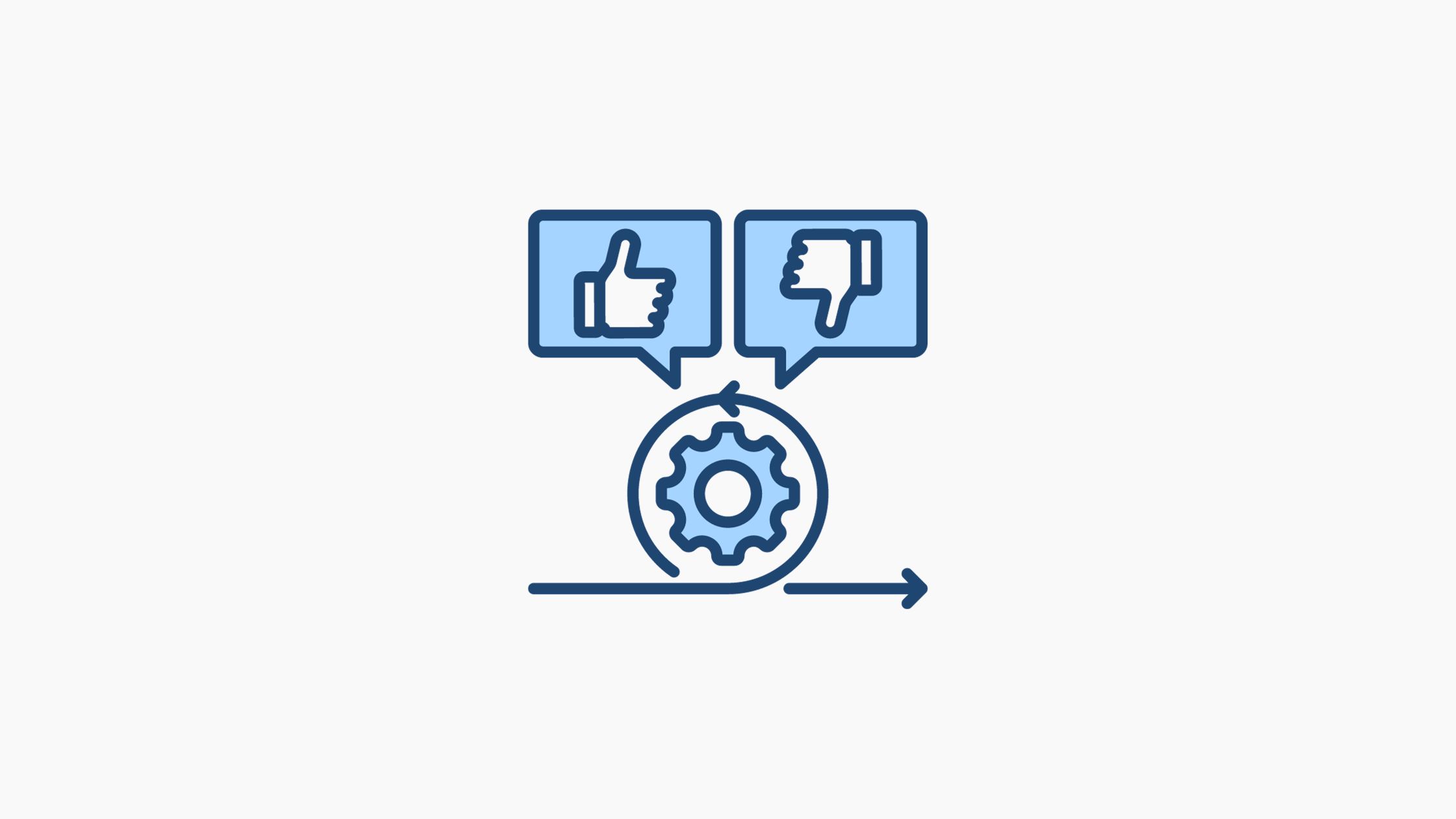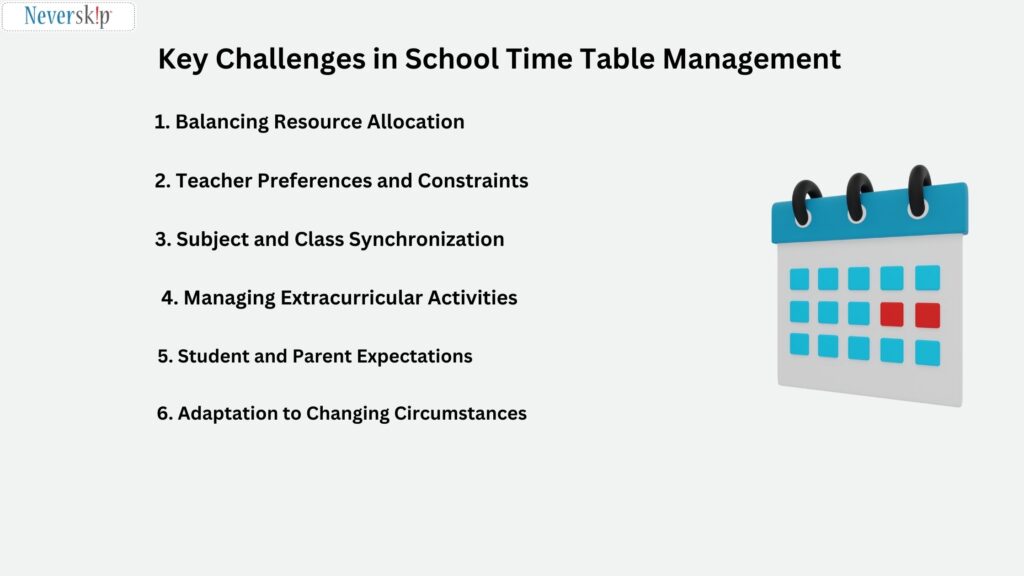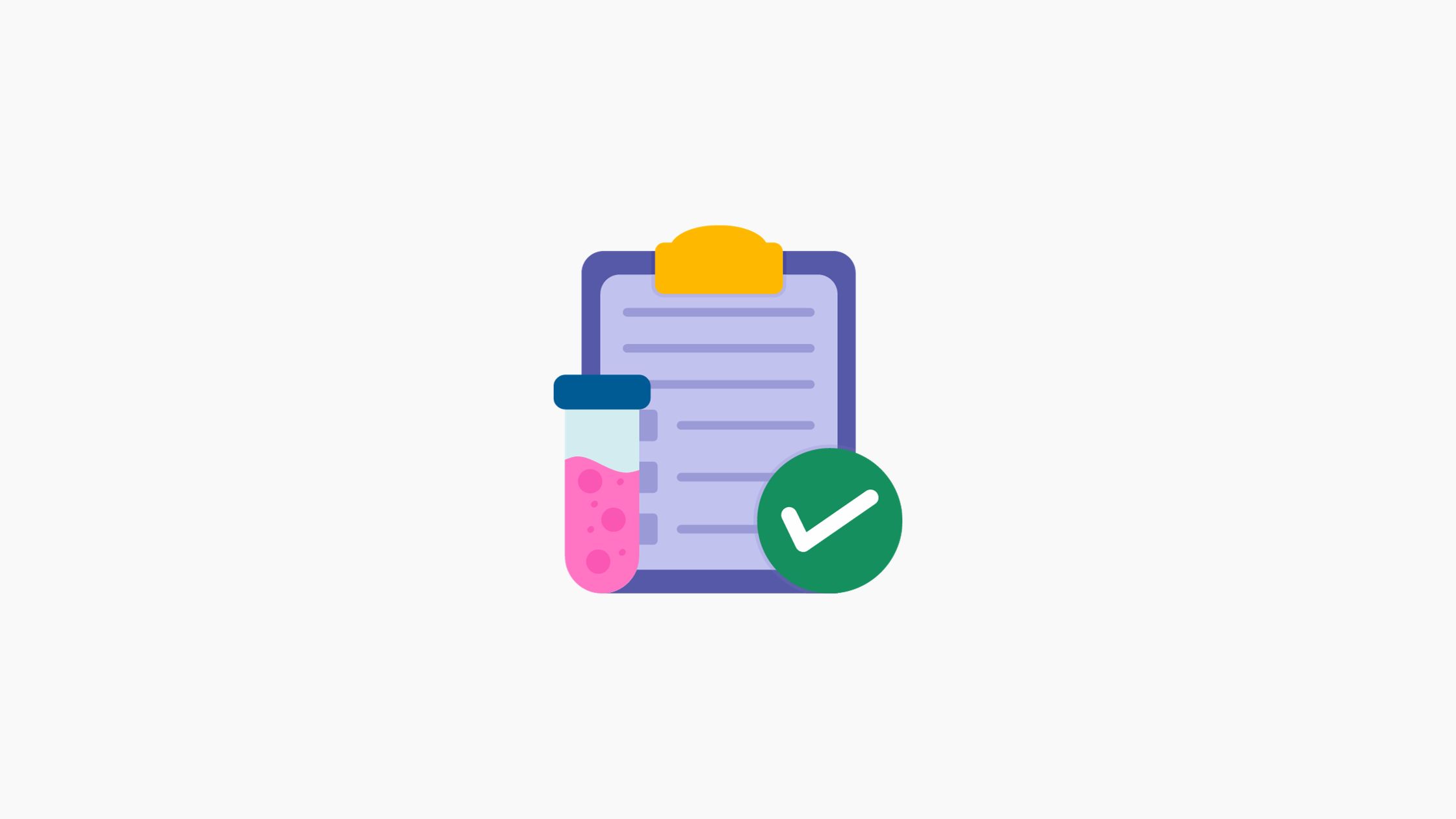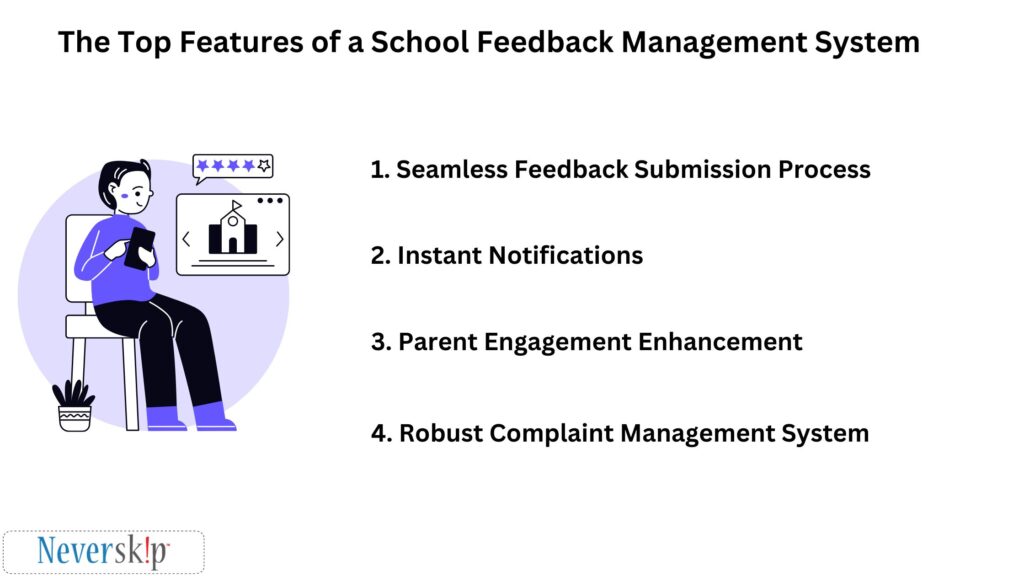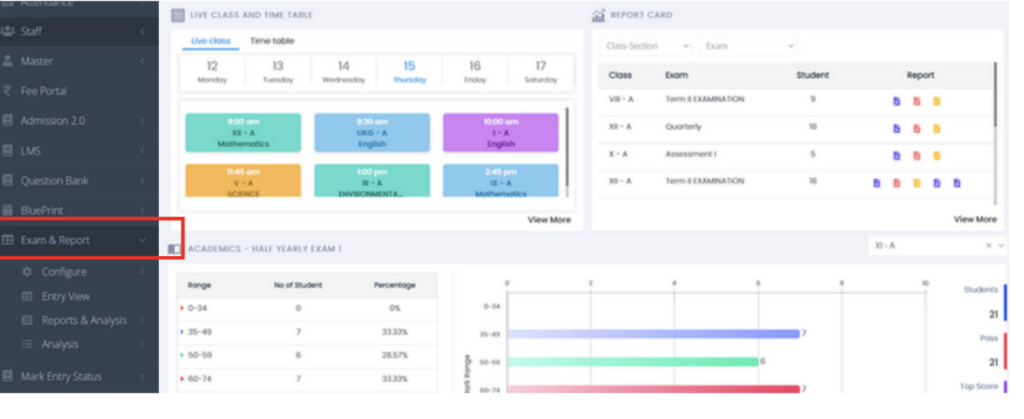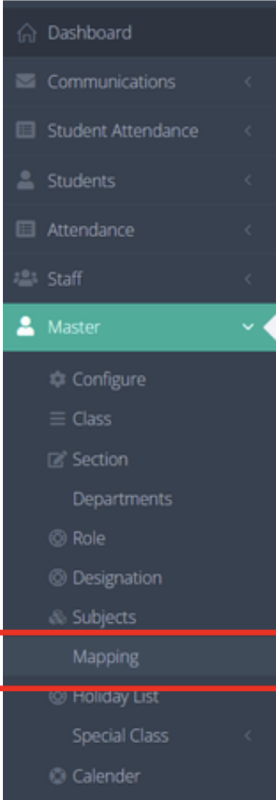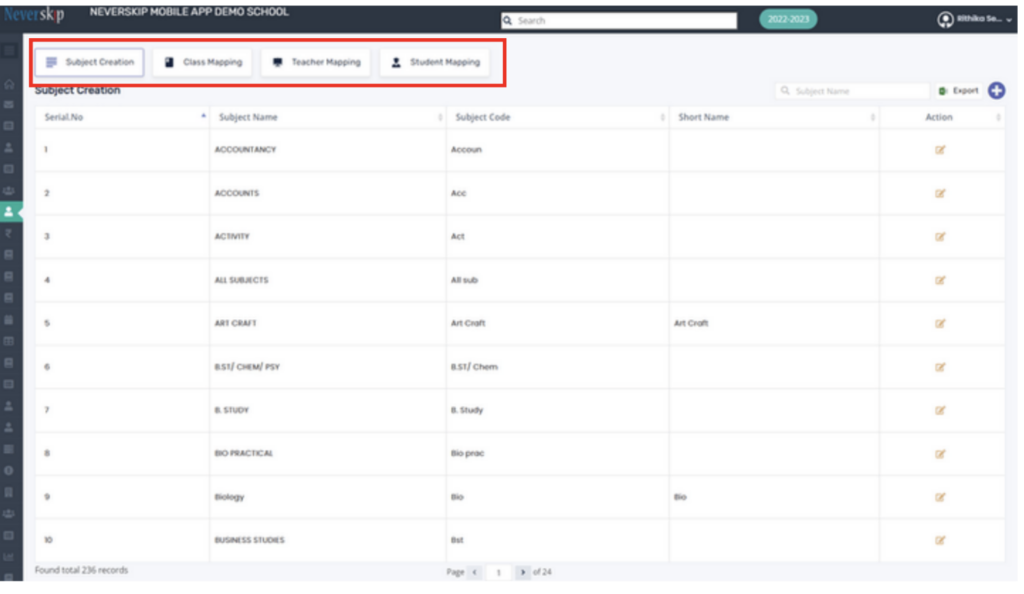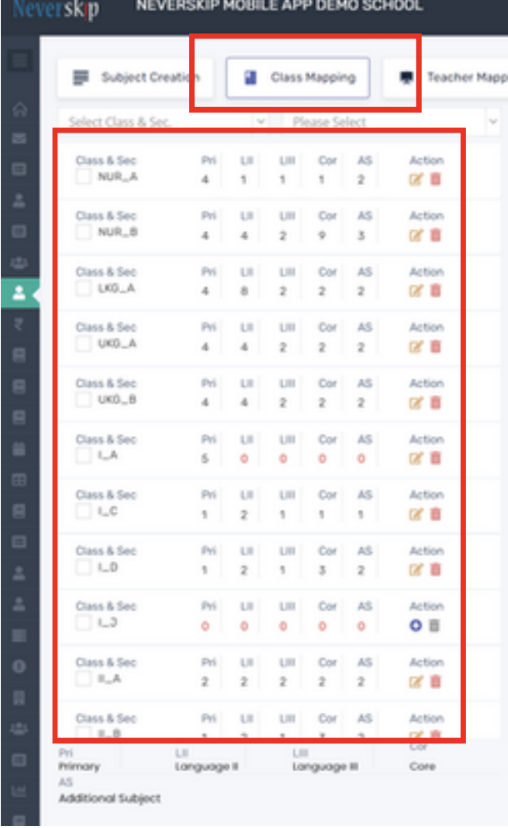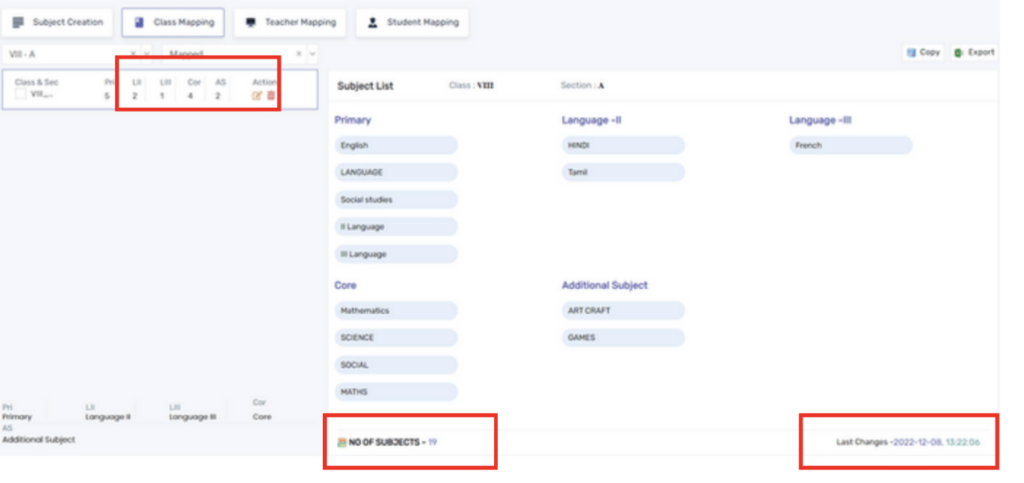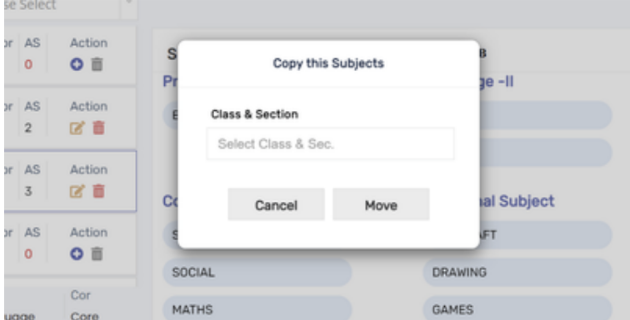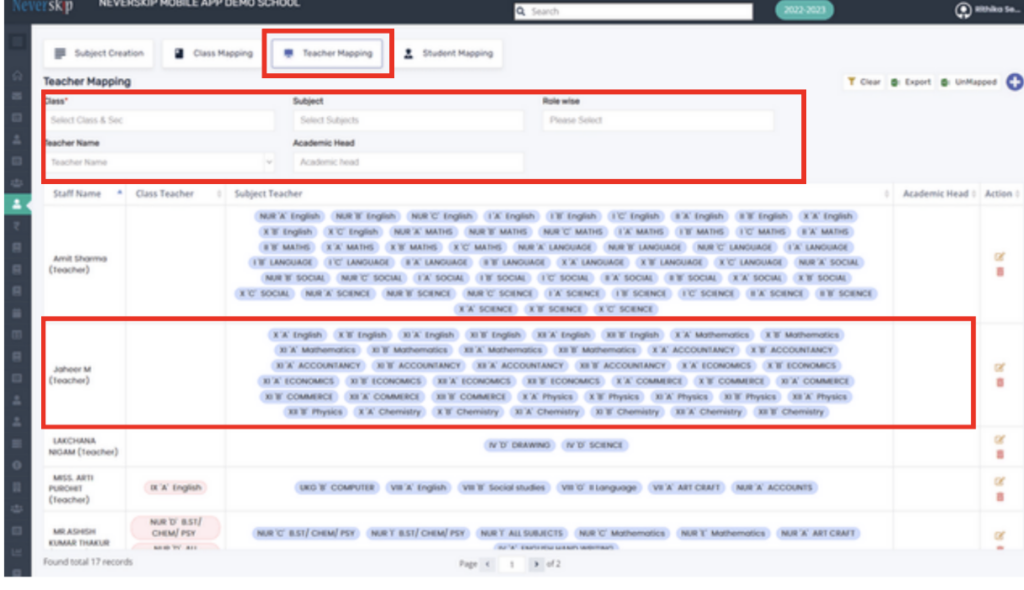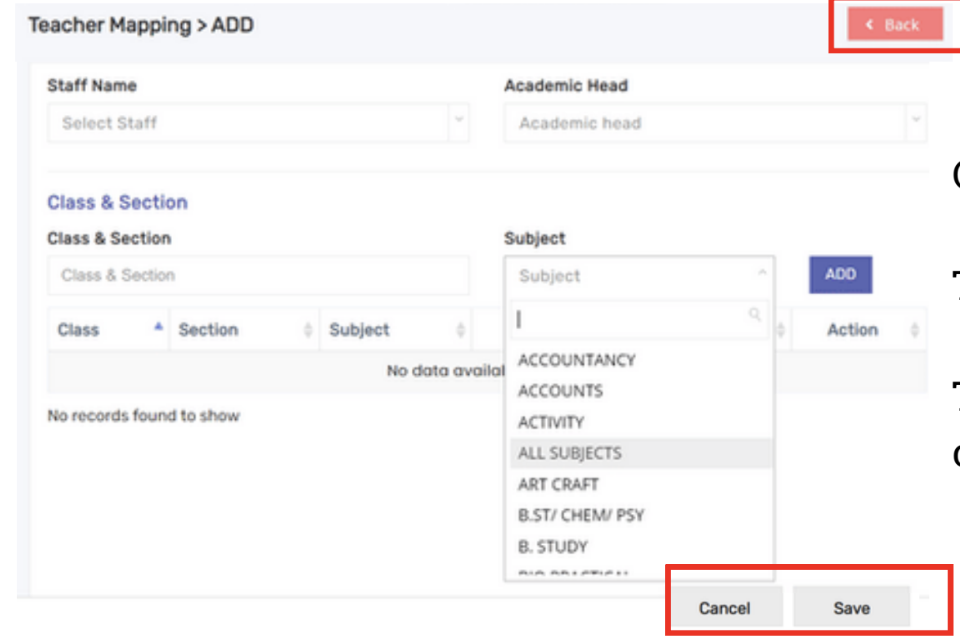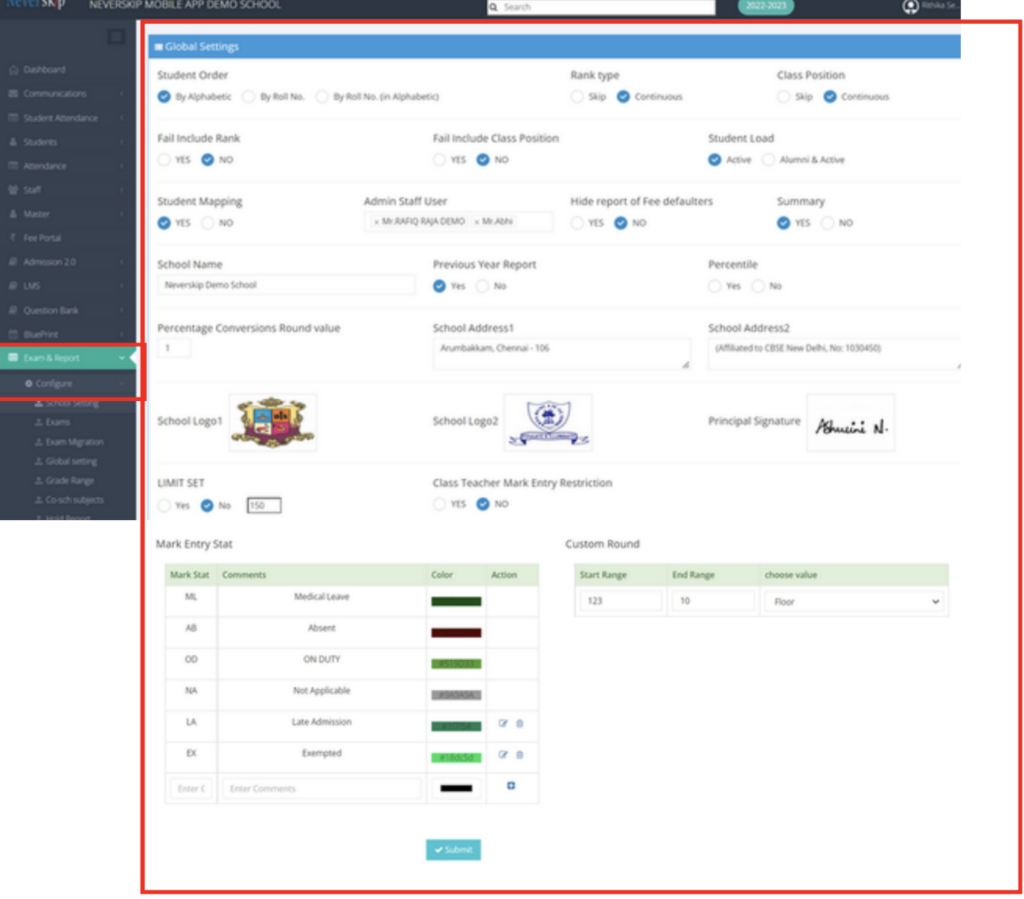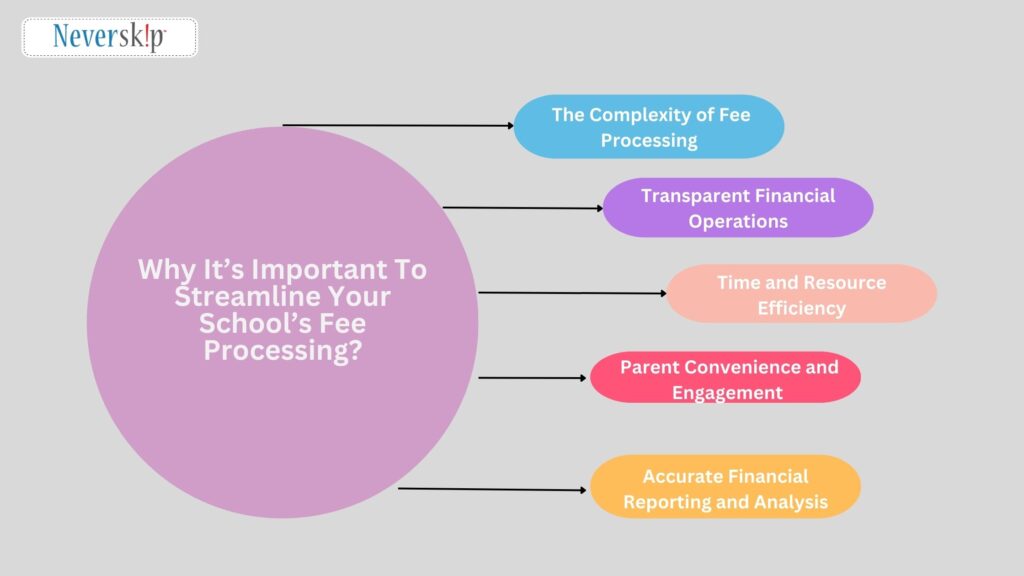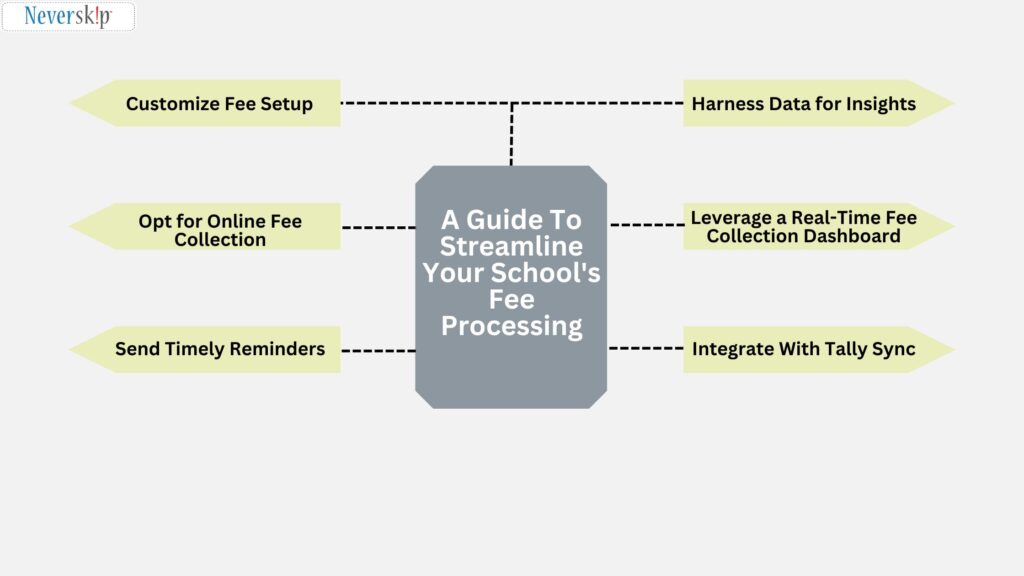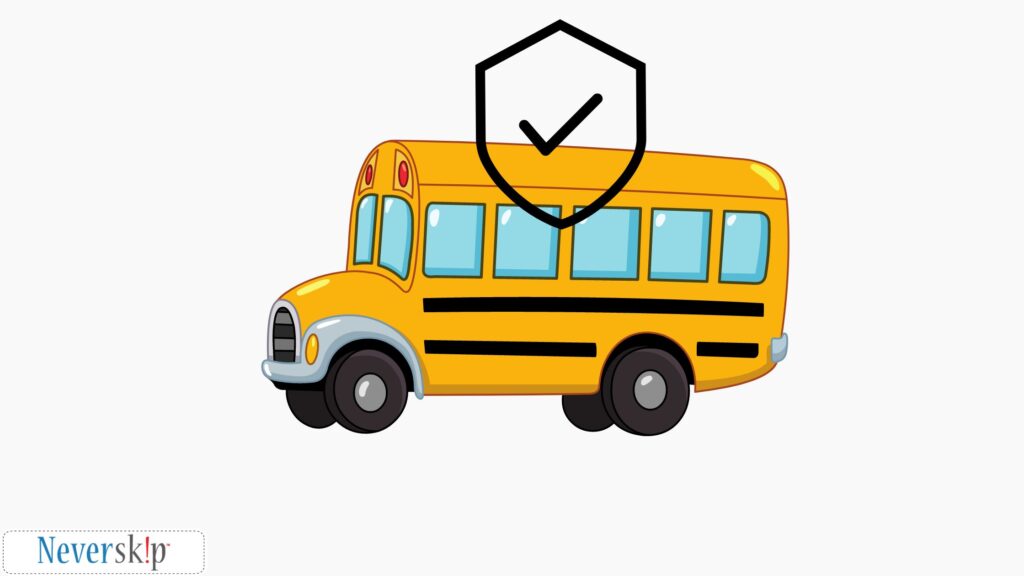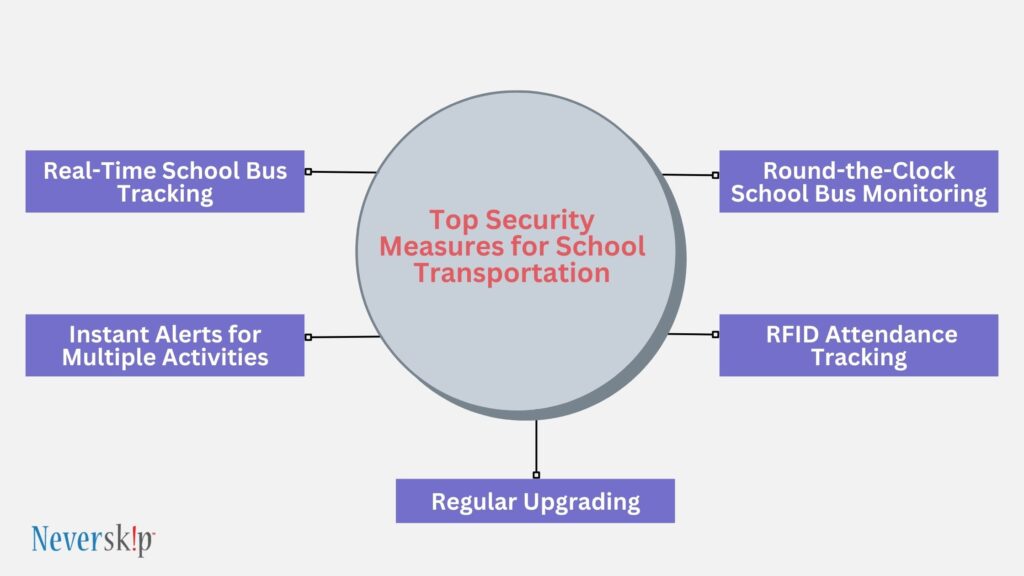Have you ever wondered how your school can harness the power of feedback to transform the educational experience it offers?
In the education sector, feedback is not merely a tool for assessment; it is the compass that guides improvement and innovation. The ability to collect, analyze, and act upon feedback effectively is paramount to the success of any educational institution.
It is the key to unlocking the full potential of both students and educators, fostering a culture of continuous improvement, and ensuring that the educational journey is both enriching and impactful.
In this pursuit, we will explore the significance of feedback management, unveiling strategies and best practices that will empower your school to not only collect feedback but also utilize it as a catalyst for meaningful change.
So, let’s get started!
What Is a Feedback Management Process for Schools?
A feedback management process for schools is a systematic and organized approach to collecting, analyzing, and utilizing feedback from various stakeholders within the educational ecosystem to improve the overall learning experience and administrative efficiency.
This process encompasses a range of activities and strategies designed to gather insights, assess performance, and drive continuous improvement within the school environment.
At its core, a feedback management process involves:
- Collection of Feedback: It begins with the collection of feedback from key stakeholders, including students, parents, teachers, and staff. Feedback can take various forms, such as surveys, interviews, suggestion boxes, and performance evaluations.
- Data Analysis: Once feedback is collected, it is systematically analyzed to identify trends, patterns, and areas of concern or success. Data analysis helps school administrators and educators gain a deeper understanding of the strengths and weaknesses of their programs, policies, and practices.
- Action Planning: Based on the insights derived from the feedback data, schools develop action plans aimed at addressing identified areas for improvement. These plans may involve curriculum adjustments, professional development initiatives, resource allocation, or changes in administrative procedures.
- Implementation: The action plans are put into practice, and changes or improvements are executed within the school. This phase often requires collaboration among various stakeholders to ensure effective implementation.
- Monitoring and Evaluation: Continuous monitoring and evaluation are integral to the feedback management process. Schools track the progress of their initiatives, assess their impact, and make necessary adjustments to further refine their practices.
- Communication: Effective school communication is essential throughout the process. Schools need to communicate the outcomes of feedback analysis, action plans, and progress updates to all relevant parties, including students, parents, and staff.
- Feedback Loop Closure: The process is cyclical, as schools constantly seek feedback, make improvements, and then gather feedback again to gauge the effectiveness of their changes. This iterative approach fosters ongoing improvement and responsiveness to the evolving needs of the school community.
See More: A Guide To Streamline Your School’s Fee Processing
A Guide To Optimize Your School’s Feedback Management Process
Optimizing your school’s feedback management process is a dynamic and essential undertaking in the realm of education. An efficient feedback management system not only helps in assessing and improving the learning experience but also enhances administrative efficiency and overall institutional performance. To achieve this optimization, schools must employ strategic approaches that encompass various aspects of feedback collection, analysis, and action planning such as –
1. Embrace Multichannel Feedback Collection
A crucial aspect of optimizing the feedback management process is ensuring that it encompasses diverse channels for feedback collection. Different stakeholders prefer different methods of communication, and it’s essential to meet them where they are comfortable. Here are some strategies to consider:
a. Digital Surveys and Platforms
Utilize digital survey tools and platforms to create structured feedback forms that can be easily distributed to students, parents, teachers, and staff. Online surveys offer convenience and flexibility, allowing respondents to provide feedback at their own pace.
b. Interactive Feedback Sessions
Organize interactive feedback sessions or town hall meetings where stakeholders can voice their opinions, ask questions, and engage in discussions. These sessions promote transparency and encourage real-time feedback.
c. Anonymous Feedback Channels
Implement anonymous feedback channels, such as suggestion boxes or anonymous online forms, to provide individuals with a safe space to share candid feedback without fear of repercussions. Anonymity often leads to more honest and constructive feedback.
d. Regular Email Communication
Use email communication to reach out to parents and staff with periodic feedback requests. Incorporate user-friendly links or forms in emails to streamline the feedback submission process.
e. Mobile Apps
Leverage mobile apps, if available, to engage students and parents in providing feedback. Mobile apps can be convenient and accessible, making it easier for stakeholders to participate.
By diversifying your feedback collection channels, you can cast a wider net and capture insights from a broader spectrum of stakeholders, enriching the feedback data and making it more representative of your school community.
2. Customize Feedback Forms
One-size-fits-all feedback forms may not capture the nuanced insights your school requires. To optimize the feedback management process, consider customizing feedback forms based on the audience and the specific aspects you wish to assess. Here’s how:
a. Segmented Surveys
Create segmented surveys that target different stakeholder groups, such as students, parents, and staff. Tailor the questions to address the unique concerns and perspectives of each group. For instance, student surveys may focus on classroom experiences, while parent surveys may emphasize communication and school support.
b. Event-Specific Surveys
For targeted feedback on specific events, programs, or initiatives, design event-specific surveys. These surveys can gather feedback related to a particular event’s objectives, ensuring you receive relevant and actionable insights.
c. Continuous Pulse Surveys
Implement continuous pulse surveys that gather feedback on an ongoing basis. These shorter, more frequent surveys provide real-time insights into evolving issues and enable prompt response.
d. Mixed-Methods Approaches
Combine quantitative and qualitative questions in your surveys. While quantitative questions provide statistical data, open-ended qualitative questions allow respondents to elaborate on their experiences and provide context.
Customizing feedback forms ensures that the feedback you collect is aligned with your school’s goals and helps address specific areas of improvement effectively.
3. Implement Data Analytics Tools
To extract meaningful insights from the feedback data you collect, consider implementing data analytics tools and techniques. Here’s how data analytics can optimize your feedback management process:
a. Data Visualization
Use data visualization tools to transform raw feedback data into comprehensible charts, graphs, and dashboards. Visual representations make it easier to identify trends, patterns, and outliers in the data.
b. Sentiment Analysis
Leverage sentiment analysis tools to gauge the emotional tone of qualitative feedback. Sentiment analysis can help categorize feedback as positive, negative, or neutral, providing a quick overview of sentiment trends.
c. Text Analytics
Apply text analytics to analyze the content of open-ended responses. Text mining techniques can uncover recurring themes, sentiments, and keywords within qualitative feedback, offering deeper insights.
d. Predictive Analytics
Explore predictive analytics to forecast future trends or issues based on historical feedback data. Predictive models can help schools proactively address potential challenges.
By incorporating data analytics tools, schools can move beyond basic data interpretation and gain a deeper understanding of the feedback data, facilitating more informed decision-making and targeted improvements.
4. Encourage Stakeholder Engagement
Optimizing the feedback management process relies on active participation from stakeholders. To encourage engagement, schools can implement several strategies:
a. Promote a Feedback-Friendly Culture
Foster a culture where feedback is valued and encouraged. Communicate the importance of feedback as a tool for improvement and assure stakeholders that their input is taken seriously.
b. Engage in Two-Way Communication
Establish channels for two-way communication, allowing stakeholders to not only provide feedback but also receive responses and updates regarding actions taken based on their feedback.
c. Recognition and Rewards
Acknowledge and reward individuals or groups for their valuable feedback contributions. Recognition can motivate stakeholders to continue providing feedback.
d. Feedback Ambassadors
Appoint feedback ambassadors or representatives within each stakeholder group to champion the feedback process. These ambassadors can facilitate communication and ensure that feedback reaches the right channels.
5. Continuous Improvement and Feedback Loop Closure
The optimization of the feedback management process is an iterative journey. To ensure continuous improvement, schools should adopt strategies that facilitate ongoing feedback loop closure:
a. Regular Review Meetings
Conduct regular review meetings to assess the progress of implemented actions and gather feedback on their effectiveness. Use these meetings to make necessary adjustments.
b. Feedback Integration into Decision-Making
Integrate feedback into decision-making processes at all levels of the institution, from curriculum development to administrative policies. Ensure that feedback drives concrete actions and changes.
c. Transparent Reporting
Provide transparent reporting on the outcomes of feedback-driven initiatives. Share the impact of changes with stakeholders to demonstrate the value of their input.
d. Surveys at Key Milestones
Implement surveys at key milestones throughout the academic year to assess ongoing satisfaction and identify emerging issues.
By continuously closing the feedback loop, schools demonstrate their commitment to improvement and maintain a dynamic and responsive feedback management process.
6. Professional Development and Training
To optimize the feedback management process, invest in the professional development and training of educators and staff. Here’s how:
a. Feedback Training Programs
Offer training programs that educate educators and staff on the importance of feedback and how to collect it effectively. Provide guidance on administering surveys, conducting focus groups, and analyzing feedback data.
b. Data Literacy
Enhance data literacy among staff members to enable them to interpret and utilize feedback data more effectively. Understanding data analysis techniques empowers educators to tailor their teaching methods based on feedback.
c. Feedback Integration in Teacher Education
Incorporate feedback management and interpretation into teacher education programs to equip future educators with the skills to integrate feedback into their teaching practices.
By investing in professional development and training, schools empower their staff to actively participate in the feedback management process and maximize its impact on educational outcomes.
See More: Top Security Measures for School Transportation
Optimize Your School’s Feedback Management System With Neverskip
In the pursuit of educational excellence, optimizing your school’s feedback management process is not a luxury but a necessity. It’s a journey that involves careful planning, strategic execution, and a commitment to continuous improvement. By adopting the right strategies, schools can transform feedback into a powerful tool for enhancing the learning experience and streamlining administrative operations.
The strategies we’ve explored in this guide, from embracing multichannel feedback collection to implementing data analytics tools, all play a pivotal role in crafting a feedback management process that truly optimizes educational outcomes. Encouraging stakeholder engagement and ensuring feedback loop closure further solidify the foundation of a dynamic and responsive feedback system.
However, to truly unlock the potential of your school’s feedback management process, it’s essential to complement your strategies with top-notch technology. Tools like Neverskip’s School Feedback Management System offer a comprehensive solution that can revolutionize how your school handles feedback.
Key features of Neverskip’s system, such as seamless feedback submission, enable stakeholders to provide their input conveniently, eliminating barriers to participation. Real-time feedback notifications ensure that issues are addressed promptly, creating a responsive and customer-centric environment. Moreover, the system’s complaint management capabilities streamline the resolution of concerns, enhancing overall satisfaction and trust among stakeholders.
Book a free demo now to explore more.





